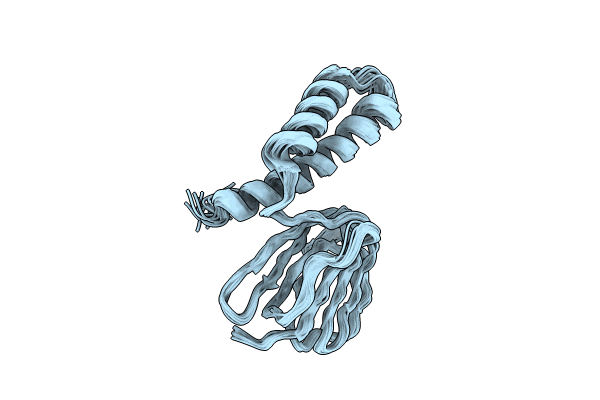
Deposition Date
2022-11-15
Release Date
2023-11-22
Last Version Date
2024-06-12
Entry Detail
PDB ID:
8HGX
Keywords:
Title:
NMR solution structure of subunit epsilon of the Acinetobacter baumannii F-ATP synthase
Biological Source:
Source Organism:
Acinetobacter baumannii (Taxon ID: 470)
Host Organism:
Method Details:
Experimental Method:
Conformers Calculated:
200
Conformers Submitted:
21
Selection Criteria:
structures with the lowest energy


